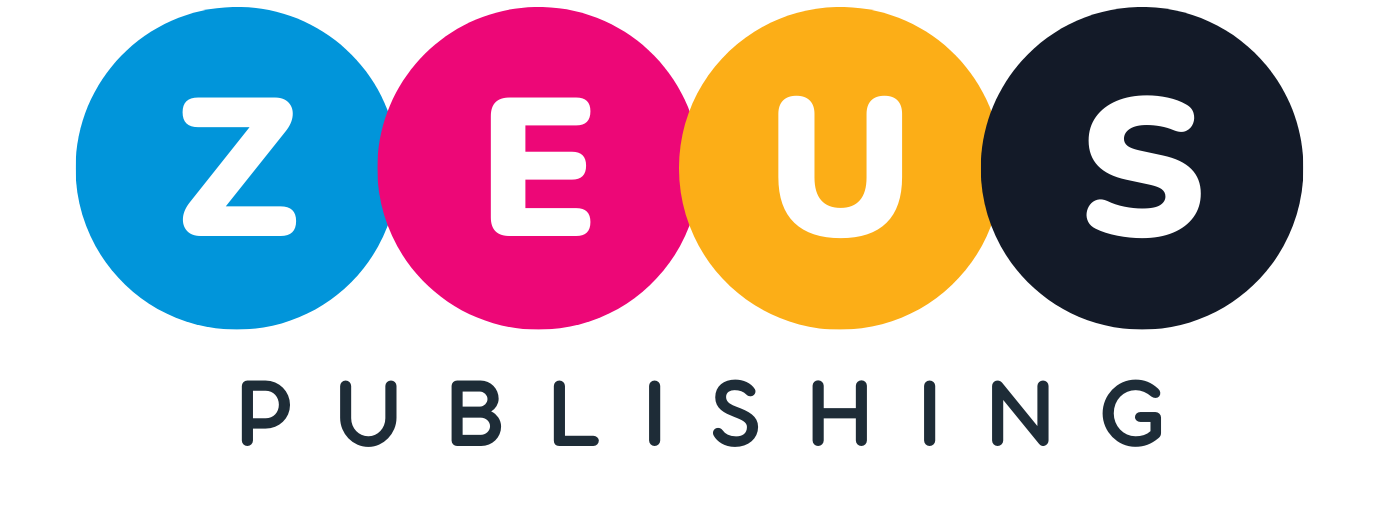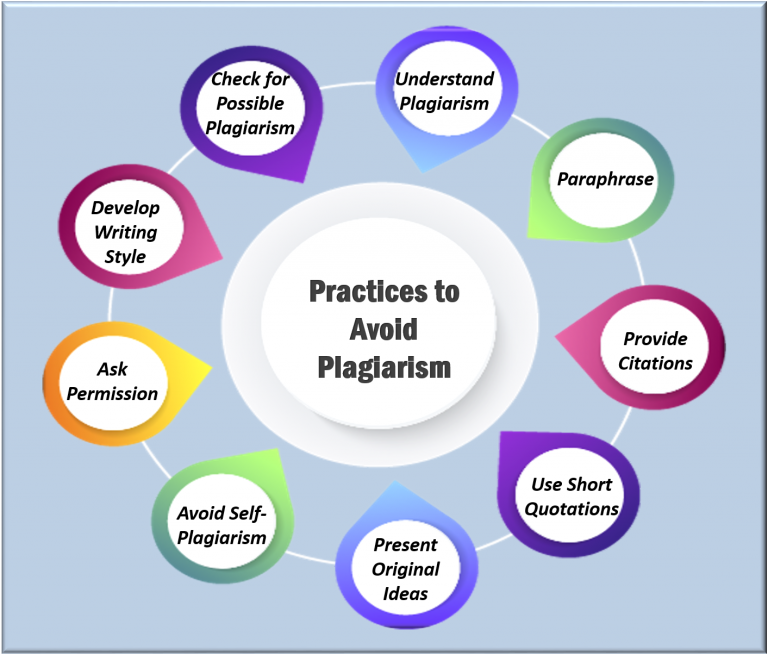What is plagiarism?
Plagiarism is the act of using someone else’s work, ideas, or words without giving them proper credit or permission. It is considered a form of academic dishonesty and intellectual theft. Plagiarism can occur in various forms, such as copying and pasting text from a source without citation, paraphrasing someone else’s work without acknowledgement, or presenting someone else’s ideas as your own. It is important to properly attribute and cite any sources used in order to avoid plagiarism and maintain academic integrity.
To avoid plagiarism, here are some important steps to follow:
“Following these steps will help you maintain academic integrity and avoid plagiarism in your scientific writing.”






